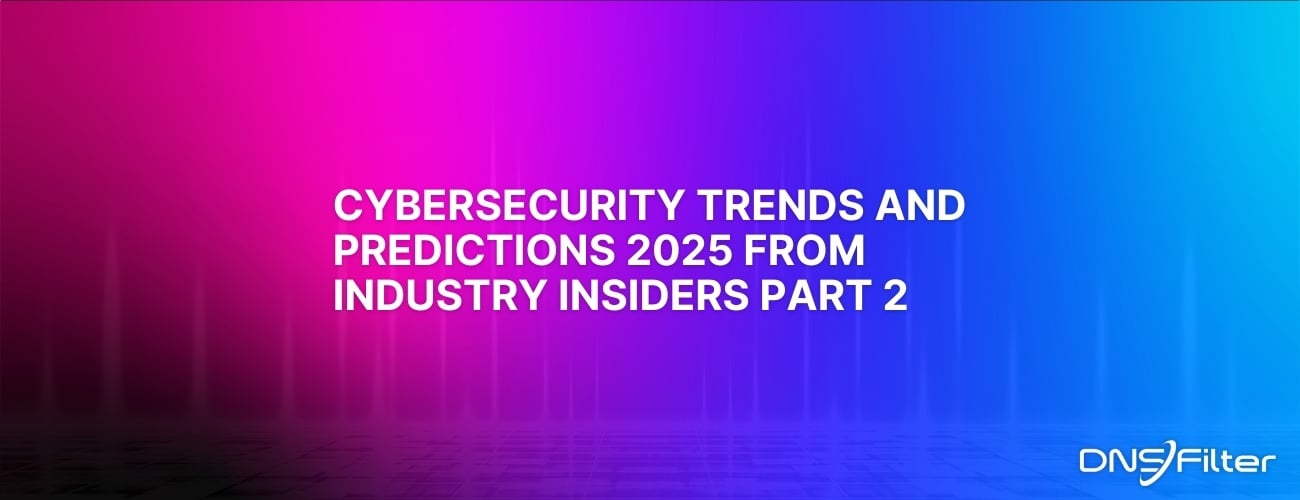by DNSFilter Team on Aug 10, 2022 12:00:00 AM
Black Hat USA 2022 started off with a bang Wednesday with a group of major cybersecurity companies unveiling the formation of a new open-source consortium to share key data and with DNSFilter separately saying it’s acquiring Guardian, a firewall and VPN platform.
The announcement by a group of cybersecurity companies—including Splunk, Amazon Web Services, Cloudflare, CrowdStrike, Palo Alto Networks, Okta, Trend Micro, Tanium and Zscaler, among others—revealed the launch of a new consortium called the Open Cybersecurity Schema Framework (OCSF).
The goal: to better share product-normalizing data in order to improve cybersecurity in general. All members of the cybersecurity community are invited to utilize and contribute to the OCSF.
In the companies’ joint press release, the OCSF is referred to as an “open standard that can be adopted in any environment, application or solution provider and fits with existing security standards and processes.”
The initiative is described as a continuation of Paul Agbabian’s Integrated Cyber Defense (ICD) Schema work done at Symantec, a division of Broadcom. Agbabian is now a top executive at Splunk.
 Super Bowl Sunday Saw a 57% Rise in Malicious Gambling Content
Super Bowl Sunday Saw a 57% Rise in Malicious Gambling Content
A report by DNSFilter found that Super Bowl Sunday saw a 57% rise in malicious gambling and betting content. There was a 15% increase in illegal streaming and torrenting traffic related to fake streaming sites during championship weekend compared to the previous average held between May and December 2024, indicating an escalating risk of security issues tied to streaming during major NFL events.
 DNSFilter Data Reveals Dangers to Fake Gambling Sites and Illegal Streaming In Lead Up to Super Bowl LIX
DNSFilter Data Reveals Dangers to Fake Gambling Sites and Illegal Streaming In Lead Up to Super Bowl LIX
Cybersecurity firm shows spikes in malicious traffic leading up to and during high-profile sporting events
 Part 2: TK Keanini featured in ITPro Today Cybersecurity Trends and Predictions 2025
Part 2: TK Keanini featured in ITPro Today Cybersecurity Trends and Predictions 2025
By 2025, zero trust will be the dominant architecture model, fully replacing outdated perimeter-based models. Security controls will focus increasingly on the workforce and workloads rather than just the workplace, leading to enhanced protection across diverse environments.